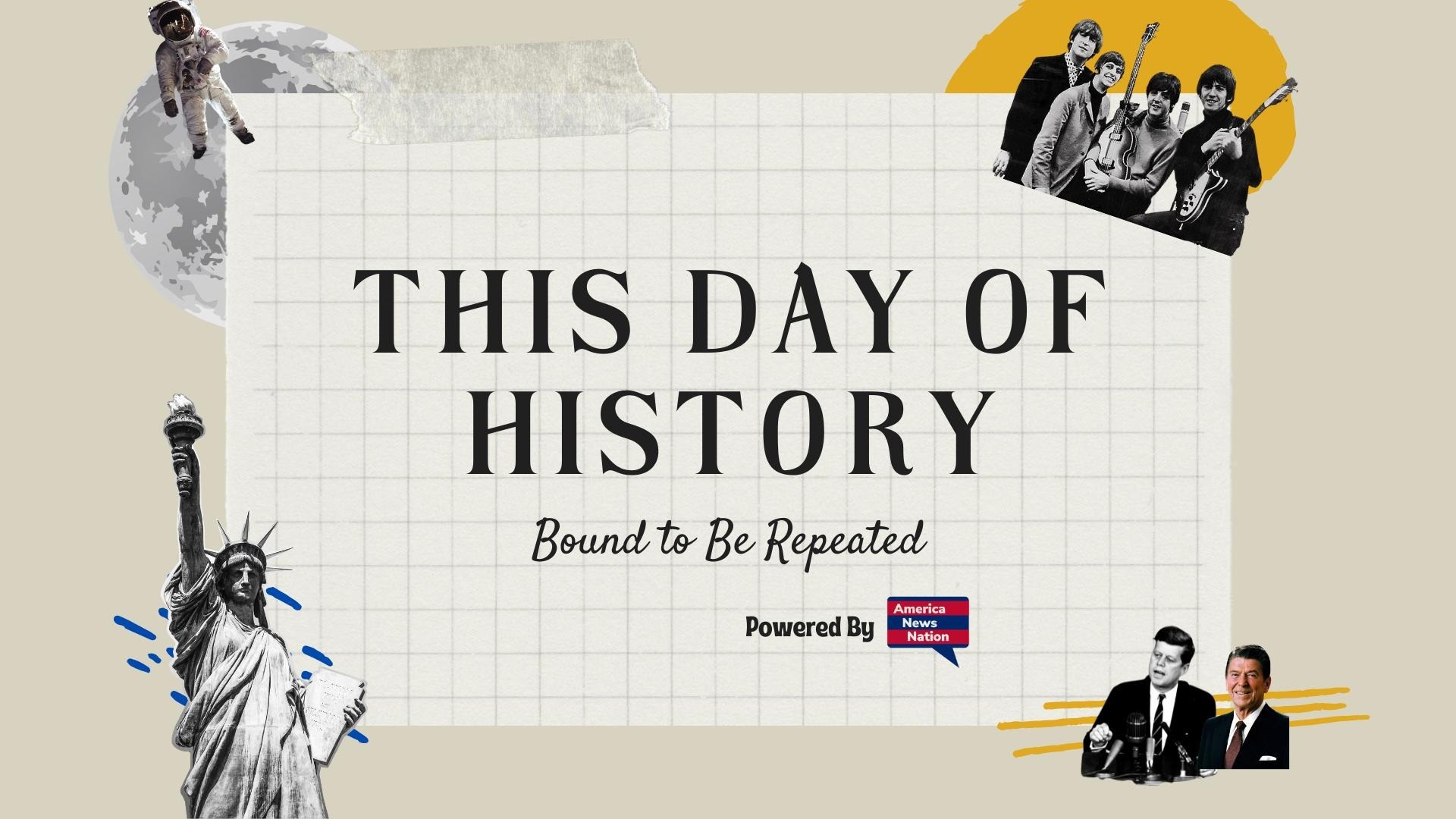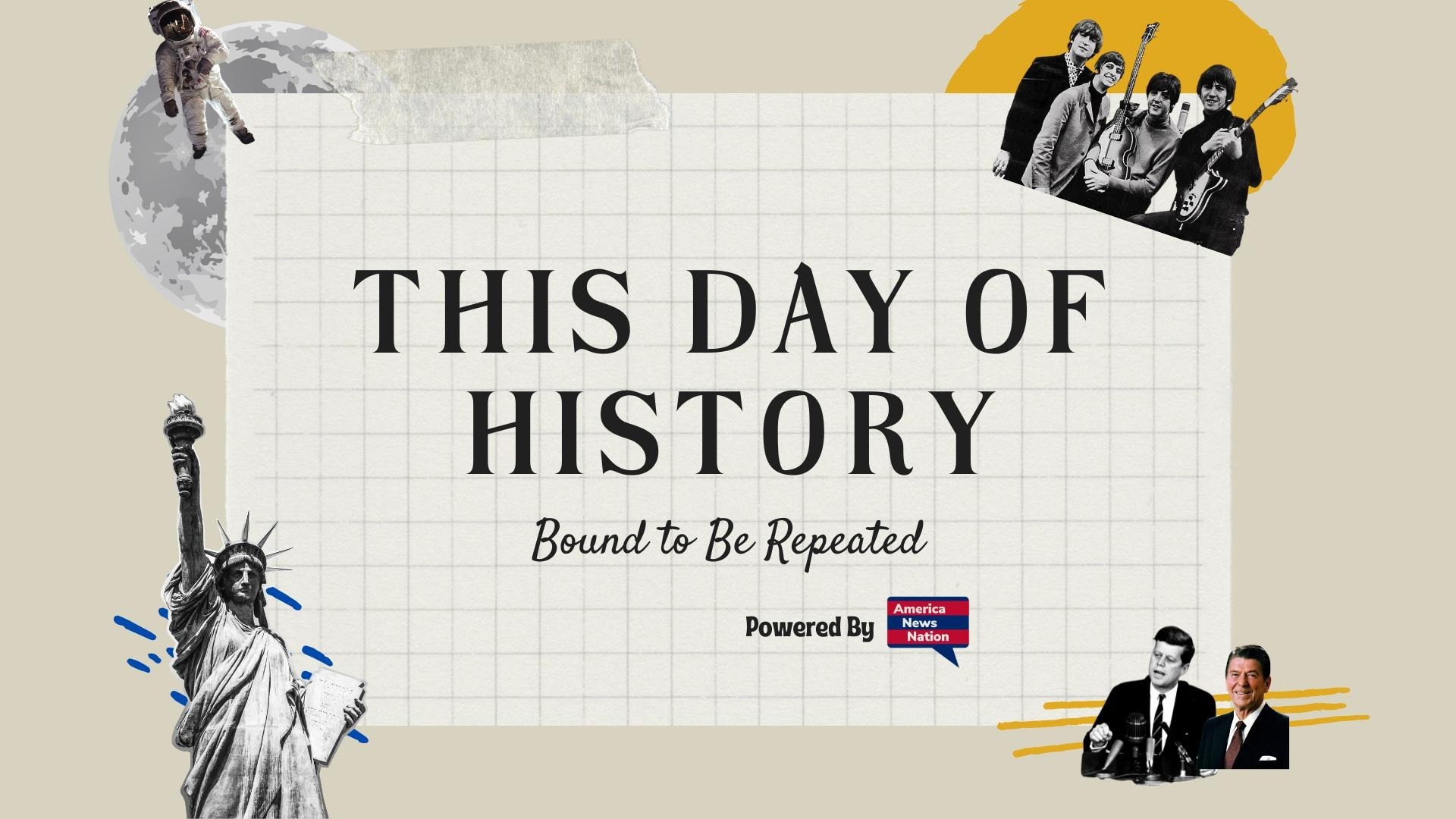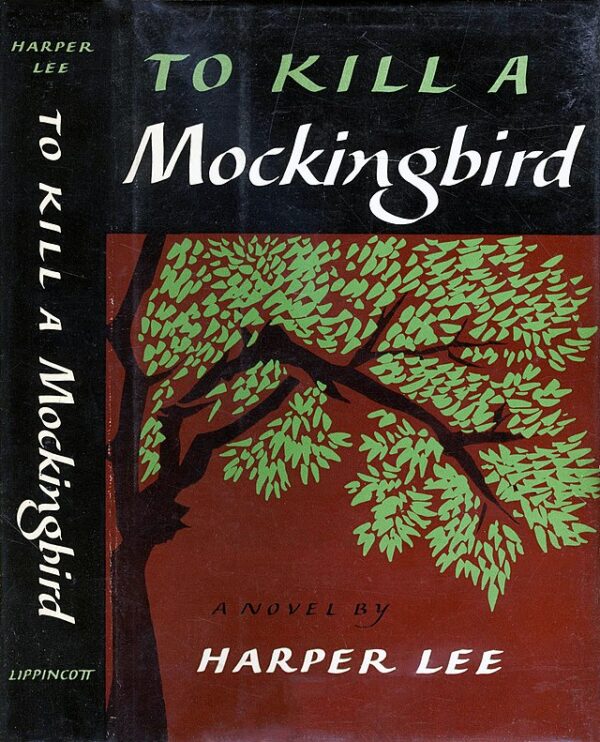On July 11, 1960, To Kill a Mockingbird, Harper Lee’s first and, for many years, only novel, was published in the United States. Instantly capturing the American consciousness, the book quickly rose to prominence, resonating deeply amid the turbulent civil rights era. Set in the fictional town of Maycomb, Alabama, during the Great Depression, the novel profoundly explores themes of racial injustice, morality, and the loss of innocence.
Lee’s narrative is delivered through the eyes of Scout Finch, a young girl whose father, Atticus Finch, is a lawyer assigned to defend Tom Robinson, a Black man falsely accused of raping a white woman. Atticus, portrayed as a figure of integrity, courage, and moral uprightness, emerges as one of literature’s most enduring characters, embodying the ideals of justice and empathy in a deeply divided society.
Upon its release, To Kill a Mockingbird received widespread critical acclaim, praised for its vivid characterization, eloquent prose, and incisive social commentary. The novel’s ability to humanize the deeply rooted racism of the American South made it both controversial and celebrated. It quickly became a bestseller, ultimately winning the Pulitzer Prize for Fiction in 1961 and securing Harper Lee’s place in American literary history.
The immediate success of To Kill a Mockingbird was partly due to its timely engagement with pressing social issues. The novel coincided with a critical juncture in the civil rights movement, arriving just five years after the Montgomery bus boycott and amid growing momentum toward the landmark Civil Rights Act of 1964. Through the moral dilemmas faced by its characters, particularly the unjust trial and ultimate fate of Tom Robinson, Lee challenged readers to confront their own prejudices and the systemic inequalities embedded in American society.
Beyond its initial impact, To Kill a Mockingbird has had lasting significance, shaping generations of readers’ views on race and justice. It became a staple in American education, often required reading in high school curricula, prompting countless classroom discussions about its themes. However, the novel has also faced challenges, frequently appearing on lists of banned or contested books due to its frank portrayal of racism and use of racial slurs reflective of its historical context.
Harper Lee herself remained famously reclusive following the book’s success, largely avoiding public appearances and interviews. Her silence added to the mystique surrounding both the author and her celebrated work. For decades, To Kill a Mockingbird remained her sole literary publication until the controversial release of Go Set a Watchman in 2015, originally marketed as a sequel but later clarified as an earlier draft.
The 1962 film adaptation further solidified the novel’s cultural impact, bringing Lee’s characters vividly to life and earning Gregory Peck an Academy Award for his portrayal of Atticus Finch. The movie deepened the novel’s reach and enduring popularity, embedding Atticus Finch into the American consciousness as an icon of moral clarity and righteousness.
Over six decades have passed since its initial release, and To Kill a Mockingbird continues to resonate profoundly, illustrating the persistent complexities of race and justice in America. Harper Lee’s masterwork remains a cornerstone of American literature, a testament to the power of storytelling to inspire reflection, conversation, and societal change.



